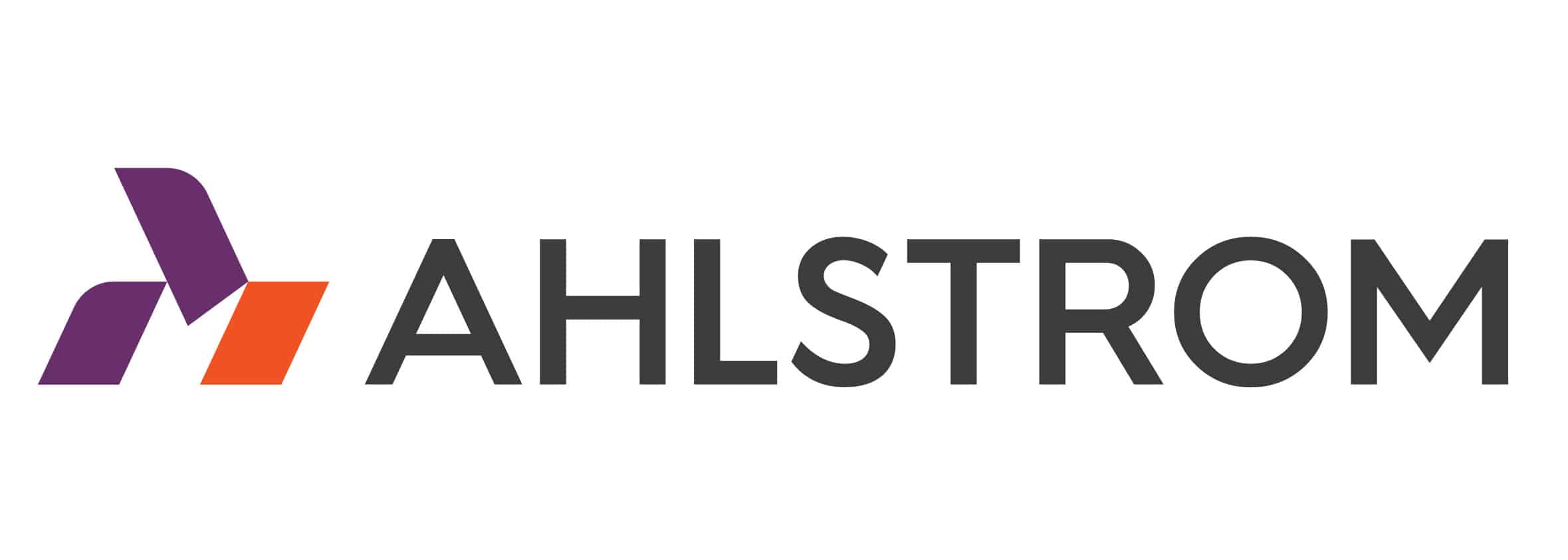There are several ways in which the digital print market can become more sustainable:
- Use of eco-friendly materials and inks: This includes using papers and inks that are made from recycled materials and are biodegradable, but also more eco-friendly inks.
- Energy efficiency: Use of digital printing equipment that is energy-efficient can help reduce the carbon footprint of the industry.
- Digital workflow: Implementing a digital workflow can help reduce the need for physical proofs and samples, which in turn reduces the amount of paper and ink used.
- Recycling: Encourage customers to recycle printed materials and also establish a recycling program for the company’s own waste.
- Sustainable sourcing: source materials that come from sustainable managed forests or other sustainable sources.
- Carbon offsetting: Offset the carbon emissions generated by the company’s operations through investment in renewable energy projects or other carbon offset programs.
In addition to these steps, industry bodies and companies can also work together to create sustainable standards and certifications to promote sustainable practices in the digital print market.
- Use of eco-friendly substrates and inks
- Recycled paper: Made from post-consumer waste, recycled paper reduces the need to harvest virgin trees and conserves natural resources.
- Bamboo paper: Bamboo is a highly renewable resource that grows quickly and doesn’t require the use of pesticides or fertilizers.
- Hemp paper: Hemp is a highly sustainable crop that requires very little water and pesticides to grow.
- Soy-based inks: Soy-based inks are made from soybeans, a renewable resource, and have a lower VOC (volatile organic compounds) content than traditional petroleum-based inks.
- Vegetable-based inks: Vegetable-based inks are made from a blend of vegetable oils, such as linseed oil, and have a lower VOC content than traditional petroleum-based inks.
- Water-based inks: Water-based inks use water as a solvent, which makes them less toxic and easier to clean up than traditional solvent-based inks.
- UV-curable inks: UV-curable inks harden when exposed to ultraviolet light, which allows for faster drying times and reduces the amount of VOCs released into the air.
It’s worth mentioning that these materials can be more expensive than traditional ones and may not be available in all countries, but are generally considered more sustainable and eco-friendly.
2. How to save more energy in digital printing?
There are several ways to save energy in digital printing:
- Use energy-efficient equipment: Look for digital printing equipment that has been certified as energy-efficient by organizations such as Energy Star or that have a high Energy Efficiency Ratio (EER).
- Power management: Implement power management strategies such as turning off equipment when not in use, or using sleep or standby modes.
- Use of LED lighting: LED lighting uses less energy than traditional incandescent or fluorescent lighting and lasts longer.
- Maintenance: Regularly maintain and clean equipment to ensure it is running at peak efficiency.
- Automation: Automating tasks such as job preparation and finishing can help reduce the amount of time and energy needed to complete a print job.
- Monitoring and tracking: Use energy monitoring and tracking tools to measure and track energy usage, identify areas of inefficiency, and make adjustments as needed.
- Sustainable sourcing: Use energy from sustainable sources, such as solar or wind energy, to power the printing process.
- Virtual proofing: Implement virtual proofing to reduce the need for physical proofs and samples, which can help reduce energy consumption.
- Print on demand: Print only what is needed, reducing the amount of waste and energy consumption.
- Recycling: Implement a recycling program for the company’s own waste, this helps to reduce energy consumption and costs.
























